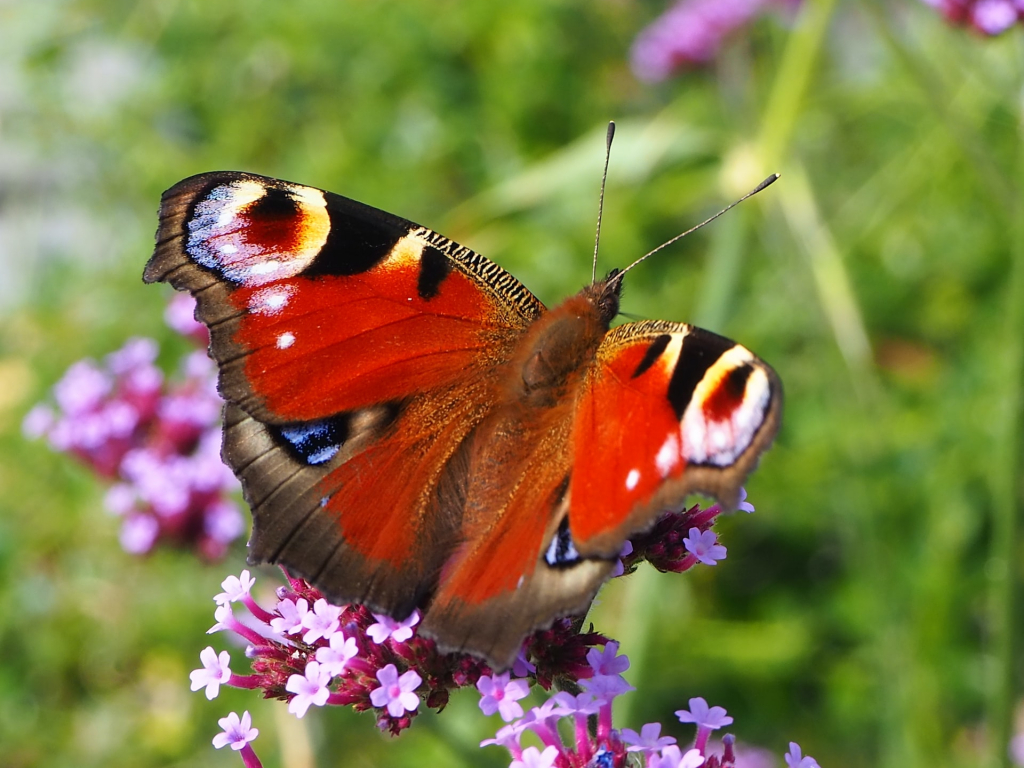Wildlife and Countryside Link progress report on protecting land and sea for nature
A new Wildlife and Countryside Link report assessing the Government’s 30×30 commitment in England has found that no appreciable progress on governmental policy to protect 30% of the land and sea for nature by 2030. Following the Government’s 30×30 commitment made on 28 September 2020, the 2021 WCL progress report, ‘Achieving 30×30 in England on land […] October 20, 2022
A new Wildlife and Countryside Link report assessing the Government’s 30×30 commitment in England has found that no appreciable progress on governmental policy to protect 30% of the land and sea for nature by 2030.
Following the Government’s 30×30 commitment made on 28 September 2020, the 2021 WCL progress report, ‘Achieving 30×30 in England on land and at sea’ set out criteria for areas to be included in 30×30 and assessed the baseline. The report found that the extent of land and sea in England that meets the standard to count towards the 30×30 target was limited, with baseline values, of 3% of land and 4% of seas, which automatically included national parks and areas of outstanding natural beauty (AONBs).
In the latest report, only 3.22% of England’s land is effectively protected and managed for nature, a small increase from 3% in 2021. At sea, a maximum of 8% of English waters are effectively protected for nature, up from 4% in 2021. The report also found that the framework for 30×30 is still in the early stages of development, with statutory changes and resources required to enable protected landscapes to contribute more to the 30% target not yet been taken forward. This is despite the UK calling upon other countries to meet the 30×30 target at COP15 in December, where the next decade of UN targets will be drafted.
Since the last report in 2021, three new sites of special scientific interest (SSSIs) – Swanscombe peninsula, Dearne Valley Wetlands and Cotswold Water Park – have been added as meeting criteria for areas to be included in 30×30. SSSIs are important nature sites, but only 38% are currently “in favourable condition”. The report recommends that an existing target, developed in 2018 as part of the 25-year environment plan, to make sure 75% of them were in favourable condition by 2042 is made legally binding.
The report recommends strengthening the protection of national parks and AONBs, which comprise 28% of land cover in the UK, as these existing protected areas have been found to have had no significant improvement in the monitoring or management. This is particularly important as they currently provide “negligible benefits” for wildlife, according to the BES Protected Areas and Nature Recovery report. This is due to protected areas were underfunded and as a result had had to make compromises that leave wildlife worse off via damaging farming practices, pollution and the spread of non-native species.
Recently announced plans that threaten to scrap vital legislation and incentives that protect nature and human health, addressed in a statement from NbSI, were also highlighted with concern in the report, stating that it “puts the very heart of the 30×30 commitment at risk”.
Five highly protected marine area (HPMA) have been recently earmarked in a pilot project, and the report recommends these and more are designated, in order to cover at least 10% of England’s seas by 2030. Existing marine protected areas should also be improved and damaging practices such as bottom trawling should be banned.
The Wildlife and Countryside Link assert that there is still time to take credible action to achieve 30×30 in England that can contribute to tackling climate change and biodiversity loss, and support the health and wellbeing benefits of a healthy natural environment.
Read more in the full report Wildlife and Countryside Link report ‘2022 Progress Report on 30×30 in England’.
